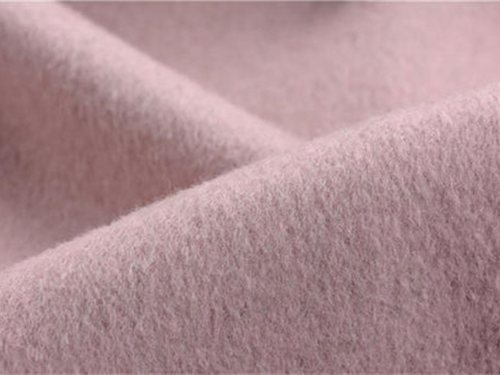
The felting deformation of woolen sweaters during washing in the washing machine seriously affects their quality and wearability. However, wool sweaters that have undergone preshrunk finishing can enhance dimensional stability and improve felting deformation.
1. The shrinkage of early sweaters can cause shrinkage deformation during wearing and washing, which can be divided into relaxation shrinkage and felting shrinkage.
(1) Relaxation and contraction. Woolen sweaters are subjected to various process tensions during weaving and sewing, which have potential deformation factors. Therefore, they gradually shrink and deform during wearing, storage, or washing, and tend to a certain stable state. This shrinkage is called relaxation shrinkage. It should be considered and controlled in process design.
(2) Felting shrinkage. During the washing process, the woolen sweater undergoes excessive friction, and the directional friction of the fiber scales causes them to continuously move in a unidirectional direction, causing the scales to tangle and twist, unable to return to their original shape. This shrinkage is called felting shrinkage.
2. The anti shrinkage finishing method for woolen sweaters mainly involves changing the scale layer structure of wool fibers to achieve the purpose of anti shrinkage of wool fabrics. Commonly used methods include chlorination, resin, and chlorinated resin.
(1) Chlorination method. It is a type of oxidation method, in which wool fibers undergo a certain degree of damage or softening of the scales during chlorination, thereby altering the surface structure of wool fibers and reducing the coefficient of friction in both forward and backward directions. This method causes significant fiber damage and rough color sensation, making it difficult to use alone in the shrinkproof finishing of woolen sweaters.
(2) Resin method. Applying a layer of resin on the surface of wool fibers can also reduce the forward and backward friction coefficients of the fibers, thereby achieving the purpose of anti shrinkage. The pure use of chlorination and resin methods does not have ideal anti shrinkage effects and cannot meet the standards of washability.
(3) Chlorination/resin method. On the basis of chlorination, the use of chlorinating agents is reduced, and finishing is added to compensate for the shortcomings of chlorination, thereby reducing the damage to wool fibers and overcoming the phenomenon of yellowing. After chlorination treatment, the anion closure of wool fiber and the resin with cationic group form a combination of covalent bond, which increases the surface tension of the fiber and is conducive to the expansion of the resin on the fiber surface, forming a continuous uniform film, so as to achieve a better shrink proof effect.
3. Factors affecting the organizational structure of fabrics. Woolen sweaters are made by stringing coils together. The fabric structure is looser than woven fabrics, and the number of threads per unit area that can withstand friction is less, making them more prone to pilling than woven fabrics. Knitted fabrics with a compact structure and a flat surface are not prone to pilling.
4. The influence of weaving machine number. The density and organization of fabrics with high machine numbers are higher than those with low machine numbers, with more organization points. Therefore, with the same organizational structure, fabrics woven with high machine numbers are less prone to pilling, while fabrics woven with low machine numbers are more prone to pilling.
About
Brief introduction Application Certificate Laboratory Connectproduct
Post finishing agent Enzymatic water Brightener Printing/Coating Additives MoreNews
Dynamic Lnformation Common
Mobile website

TRL:+86 0769-88124837
Chinese mailbox:dgtshdrl@163.com
English mailbox:postmaster@tianshengchem.com
Guangdong Tiansheng Environmental Protection New Material Technology Co., Ltd. Copyright © 2023 all rights reserved